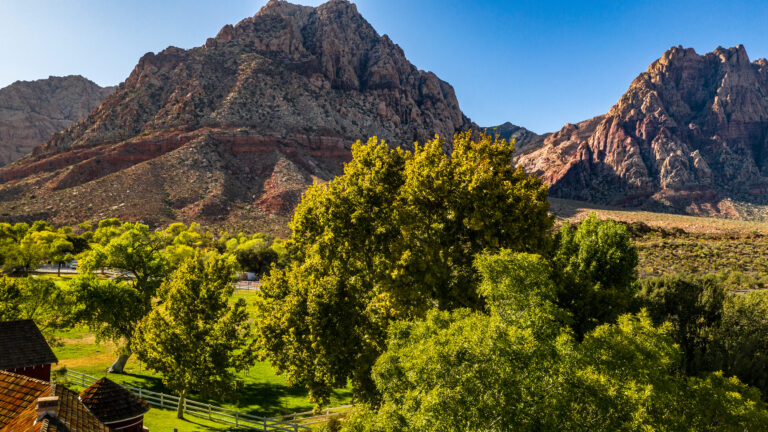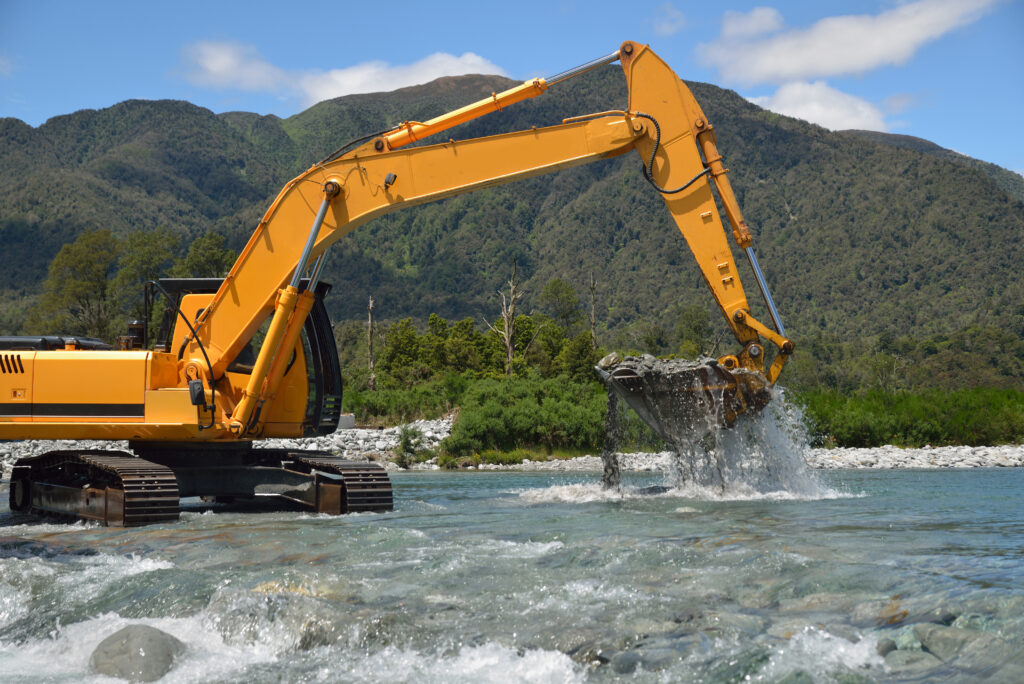Restoration
Applying Science and Engineering to Restore ecosystems
Adanta’s restoration services are founded on respect for the interconnections between hydrology, geomorphology, habitats, and living resources. Mindful of the specific concerns of local communities, we are dedicated to crafting solutions that blend natural benefits with human needs. Our goals include ensuring a sustainable water supply, providing protection for flood and erosion, enhancing water quality, restoring habitats, and creating recreational opportunities. This approach reflects our commitment to harmonizing ecological integrity with community well-being.
Delivering Research-Driven Methods in Environmental Restoration.
- Our approach
Our Restoration Services
River & Floodplain Restoration
Our methodology involves thorough studies of watershed contexts and the historical trajectories of river systems, which enables us to understand the causes of impairment, natural evolutionary paths, and strategies for aiding recovery. By identifying the physical and biological limitations, biological performance criteria, and prioritizing measures to restore natural aquatic functions, we ensure a sustainable restoration strategy. We then integrate this knowledge with engineering practices to devise practical and effective restoration plans.
Wetland Restoration
We support the restoration of coastal, tidal, riverine, seasonal, transitional, and freshwater wetlands. We utilize methodologies like ORAM, VIBI, QHEI, HHEI, and AmphIBI for habitat quality evaluations, enhancing our understanding and improvement of habitat conditions. Our vegetation surveys are integral, offering in-depth studies of plant life to inform our targeted restoration strategies. This process includes native seed collection and propagation, supporting the growth and resilience of local flora.
Coastal Restoration
Our expertise in Coastal Engineering Analysis and Design focuses on enhancing the resilience of both natural and built coastal infrastructures. Integral to our approach is Coastal Resilience Planning, where we develop forward-thinking strategies to safeguard coastal areas against future environmental risks, including climate change and sea level rise. This planning is informed by our thorough Coastal Risk and Sea Level Rise Assessments, as well as our analysis of Coastal and Nuisance Flooding, which evaluates the potential impacts of nearshore and overland flow.






